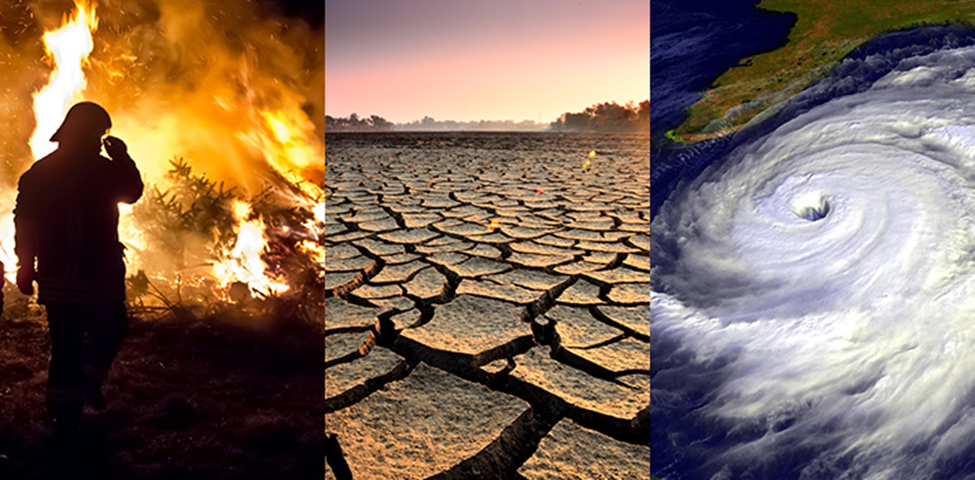Permafrost — permanently frozen ground found mostly in Arctic regions — is thawing. Rapidly. And with it comes a chain reaction of problems that stretch far beyond the tundra.
Permafrost melt is causing disastrous effects on Earth, impacting everything from global temperatures to infrastructure stability. While it sounds like a remote issue, it’s not. What happens in the Arctic doesn’t stay in the Arctic.
What Is Permafrost?
Permafrost is soil that has remained frozen for at least two consecutive years. In many areas, it’s been frozen for thousands. It’s made up of soil, rocks, and organic material like dead plants and animals. When it thaws, all of that stored material starts to break down — and that’s where the problems begin.
Methane and Carbon Release
One of the most dangerous outcomes of permafrost melt is the release of greenhouse gases. When frozen organic matter thaws, microbes begin to decompose it, releasing carbon dioxide and methane — potent greenhouse gases. Methane, in particular, is about 25 times more effective at trapping heat than CO₂ over a 100-year period.
This feedback loop (warming causes thawing, which causes more warming) accelerates climate change far faster than many models previously predicted.
Infrastructure Is Crumbling
Across northern communities in Alaska, Canada, and Russia, buildings, pipelines, and roads were built on what was once stable, frozen ground. Now, that ground is sinking. Known as “thermokarst,” this phenomenon is cracking foundations, tilting buildings, and making basic infrastructure unreliable.
Entire towns are having to rethink their long-term future as the ground literally shifts beneath them.
Ancient Pathogens and Ecosystem Shifts
Another concern? Permafrost acts as a deep freeze for ancient bacteria and viruses. As it melts, there’s a risk — however small — that dormant pathogens could re-emerge. While it sounds like science fiction, it’s happened before: in 2016, a thawed reindeer carcass triggered an anthrax outbreak in Siberia.
Additionally, ecosystems are shifting. As permafrost thaws, wetlands expand, trees collapse, and native species struggle to adapt to the new normal.
It’s Not Just a “Far North” Problem
Permafrost melt might seem like a distant issue, but it’s influencing global climate, sea levels, and even the air we breathe. These effects aren’t localized. They’re deeply interconnected with Earth’s broader systems.
In short, permafrost melt is causing disastrous effects on Earth — and it’s happening faster than expected. The time to take it seriously was yesterday. The next best time is today.



